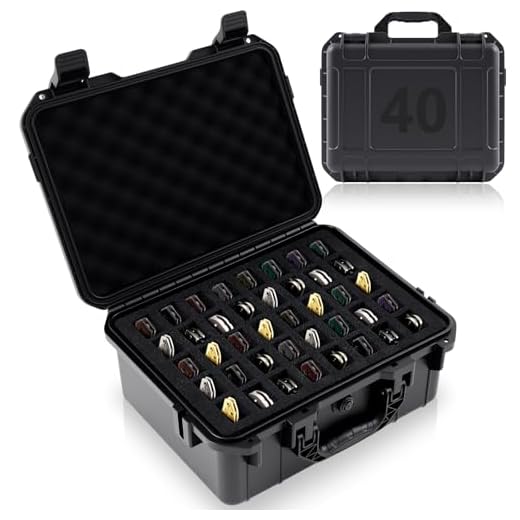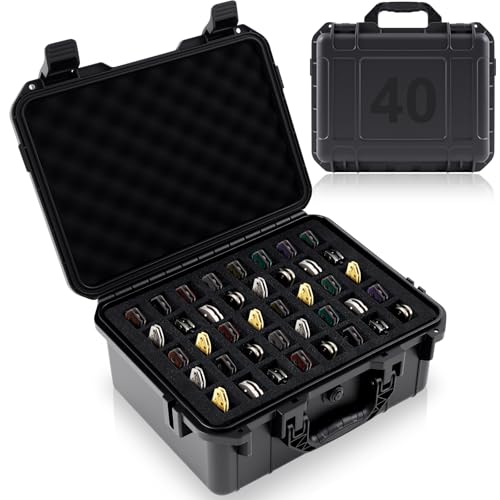



It is permissible to include a blade in your checked baggage for air travel, provided it adheres to specific airline policies and regulations. Prior to packing, verify the regulations of the airline you are using, as rules may vary significantly between carriers.
Ensure that the weapon is securely wrapped and stowed within your larger baggage to prevent any potential injury to personnel handling the bags. Use protective sheaths or covers as necessary to maintain safety. Always declare the item if it is required by the airline’s guidelines.
Familiarize yourself with the destination country’s rules regarding blades, as some locations may have restrictions on certain types or sizes. Conduct thorough research to avoid confiscation or legal issues upon arrival. Adhering to these protocols allows for a smoother journey without unintended complications.
Transport of Blades in Checked Baggage
Securely stowing blades in checked bags is permissible, provided they adhere to the airline’s regulations and national security guidelines. Ensure that the item is properly sheathed or stored to prevent accidental injury during handling. It’s advisable to double-check the specific airline’s policy before travel, as rules may differ among carriers.
Prohibited Items and Restrictions
Sharp tools, including those with blades longer than a specified length, are often considered hazardous. Review local laws and regulations of your destination to avoid potential legal issues. Some countries have strict bans on certain types of cutting instruments, which may lead to confiscation or fines.
Packaging Recommendations
Utilizing hard cases or padded bags for storage can help minimize damage to personal belongings and reduce the risk of accidents. Clearly label the contents if traveling internationally, as customs officials may require inspection of the luggage.
Understanding TSA Regulations for Knife Transport
All bladed tools must be securely stored in checked bags. Any size or type of edge tool is prohibited in cabin areas. Ensure that your package complies with TSA guidelines by checking the specific dimensions and blade lengths allowed for checked belongings.
Recommended practice includes using protective sheaths or coverings for any sharp instruments to avoid accidental injury during handling. Particularly valuable items should be declared at the check-in counter for appropriate guidance.
For packing, place these items near the top of your checked belongings for fast retrieval at your destination. Make certain they are not easily accessible but are organized to expedite the screening process.
It’s prudent to familiarize yourself with local laws regarding sharp objects at your destination, as regulations may differ significantly across regions. For further guidance on secure approaches, consider checking out this link: how to find broken wire in underground dog fence.
Types of Knives Allowed in Checked Luggage
Only specific types of cutting tools are permitted in the hold of an aircraft. Below is a detailed list categorizing the acceptable items:
| Type of Cutting Tool | Description | Allowed |
|---|---|---|
| Fixed-Blade Tools | Includes hunting and camping models with blades longer than 4 inches. | Yes |
| Folding Tools | Typically pocket-sized, prepare to check sizes exceeding 4 inches when open. | Yes |
| Multi-Tools | Devices with multiple features, including blades, are acceptable as long as they don’t exceed the size limits. | Yes |
| Chef’s Knives | Long-blade kitchen knives intended for culinary use must be securely packed. | Yes |
| Specialty Knives | Includes carving tools and scissors, which are allowed if stored properly. | Yes |
| Self-Defense Knives | These are prohibited in checked bags and should not be included. | No |
Ensure all items are well-secured to avoid injury or damage during handling. Banned items include any type of knife that can be classified as a weapon or is deemed dangerous by authorities. Always check with your airline prior to your trip for additional restrictions or guidelines related to your specific circumstances.
Size Limitations for Transporting Knives
Length restrictions for blades carried in checked bags typically do not exceed 5.5 inches. Blades longer than this may result in denial during security checks. Consider measuring the overall length from tip to handle to ensure compliance.
This rule primarily affects larger fixed-blade tools. Folding variants may have more leniency, but their overall length should also meet regulations to avoid potential issues. Always refer to the airline’s specific guidelines, as individual policies may differ.
For those seeking suitable storage, choosing high-quality options such as the best luggage at kohls can be advantageous. These products often feature built-in compartments that facilitate organization and meeting size limitations.
When selecting a backpack for such items, look for those from the best backpack brands for work, as they often have designated spaces and enhanced durability to accommodate blades without compromising safety.
Differences Between Domestic and International Flights
Check-in procedures and security regulations vary between domestic and international travel. For domestic trips, the policies regarding sharp objects can be relatively less stringent. However, international travel often adheres to stricter regulations aligned with the country of arrival.
For journeys within the same country, items categorized as tools or utensils may be allowed in the hold, subject to airline-specific guidelines. International routes, on the other hand, may impose blanket bans on certain implements, regardless of their size or type, based on international aviation standards.
Customs regulations also differ; while items that are permitted for domestic routes can sometimes be subjected to restrictions upon arriving at a destination abroad. Each country can enforce its own rules, including prohibition of specific categories of implements.
Always verify with both the airline and the regulations of the destination country before packing any sharp implements. This is particularly critical when traveling internationally, as your item might be permissible in your home country but not in your destination.
Lastly, assess the purpose of each item packed. Items meant for culinary use may face different scrutiny compared to multipurpose tools or collectibles, especially across international borders.
Recommended Packaging for Knives in Luggage
Wrap blades securely in protective sheaths or heavy cloth to prevent accidental exposure and damage. Consider using bubble wrap or foam for additional cushioning. Place wrapped items in durable, padded containers or hard cases that can withstand pressure during handling.
Label the exterior of the package clearly to indicate the presence of sharp objects. If carrying multiple tools, separate them to minimize movement within the container. Avoid packing loose items with sharp edges alongside other belongings to prevent injuries or potential damage.
For added safety, place the wrapped article in the middle of the suitcase, surrounded by clothing or softer items. This positioning provides extra protection and reduces the chances of the object shifting during transport.
Ensure that the packaging conforms to airline regulations, checking for weight and size limitations. Weighing the packed case beforehand can help avoid excess baggage fees.
If traveling internationally, verify the destination’s regulations regarding the carriage of such items, as they may differ significantly from local guidelines.
What to Do if Your Knife is Confiscated
Immediately request clarification from security personnel about the specific reasons for the confiscation. Understanding the exact regulations that apply can help determine your next steps.
Consider the following actions:
- Ask for Retrieval Options: Inquire if there is a possibility to retrieve the item at another location, such as a return point or a designated storage area.
- Document the Confiscation: Take notes about the time, location, and circumstances surrounding the event. This information may be useful for appeals or future reference.
- Follow Up: Obtain any documentation provided during the confiscation process and follow up with the appropriate airport authorities if you wish to contest the decision.
- Check Local Regulations: Research local laws concerning possession of such items post-confiscation; this might help in understanding your rights and options.
- Consider Shipping: If the item is valuable, ask if there are options for shipping it back home or to a different address.
Staying calm and informed throughout the process can significantly influence the outcome. Always familiarize yourself with specific rules that apply to your travel, minimizing the chances of confiscation in the first place.







